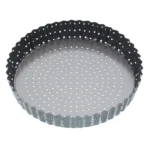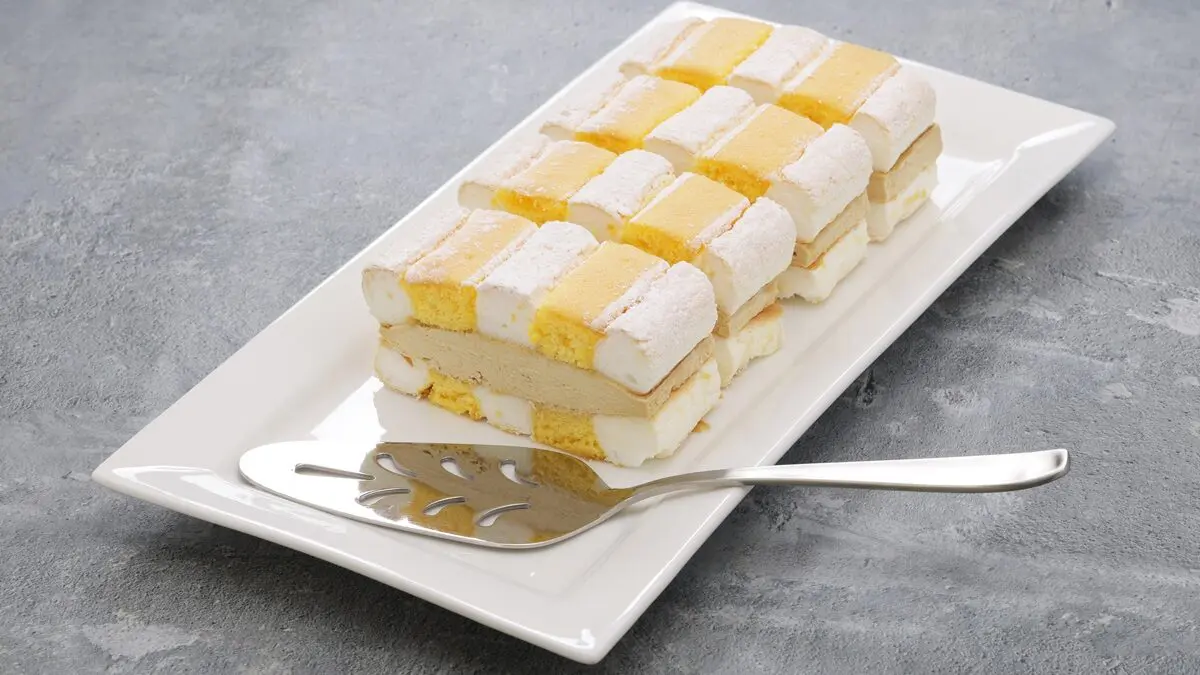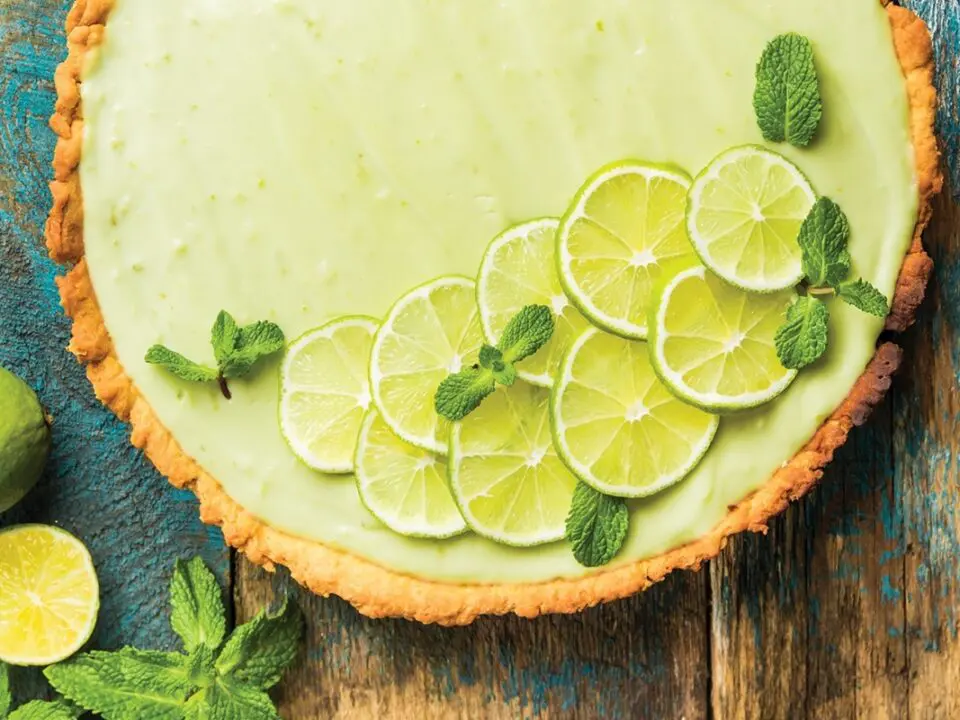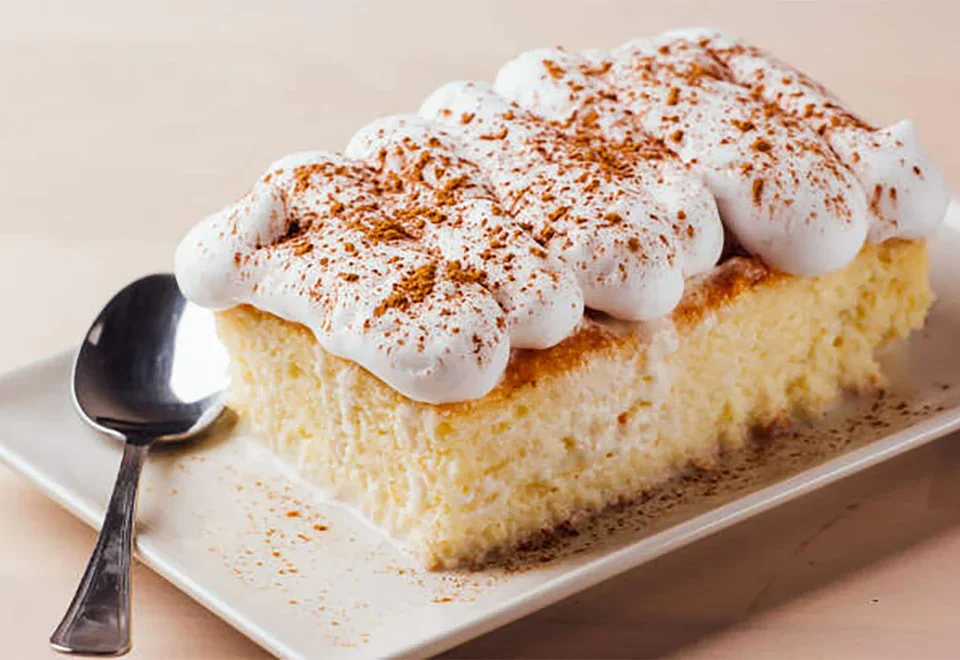
Fanny Farmer
August 26, 2025
Perforated Baking Tray & Silicone Mat
August 26, 2025Austria’s Elegant Cardinal Slice
Among the many European pastries that have found a place in both history and modern café culture, few are as striking as the Austrian Kardinalschnitten. Known in English as the Cardinal Slice, this dessert, with its delicate layers and refined presentation, is as elegant as it is delicious. It carries with it a story that connects tradition, religion, and the artistry of Viennese baking.
Where It Comes From
Kardinalschnitten was created in Vienna, Austria, in the 1930s. It is widely credited to Ludwig Heiner, a respected pastry chef whose family bakery became a Viennese institution. The name “Cardinal Slice” is said to honour the Catholic cardinal’s robes, represented in the dessert by alternating layers of white meringue and golden sponge.
Vienna at that time was already a pastry capital, with creations like the Sachertorte and Apfelstrudel. Yet Kardinalschnitten stood out for its simplicity and elegance.
Why It Is Loved
In Austria, Kardinalschnitten became popular not just for its flavour but also for what it represented. It was seen as a celebration dessert, often enjoyed on Sundays and special occasions. The contrast of the airy meringue with the tender sponge, usually layered with coffee cream or fruit, made it an indulgence that felt light rather than heavy.
Its popularity has endured because it captures the essence of Viennese pastry culture: delicate, precise, and made to be enjoyed with coffee in a relaxed café setting.
Adaptations Around the World
As Austrian pastry traditions travelled, so did the Kardinalschnitten. In Germany and Switzerland, bakers adopted it with slight changes, often using stronger coffee flavours in the cream. In Italy, variations with mascarpone or espresso cream became common, aligning it more closely with tiramisu.
Today, you can find versions of Kardinalschnitten across Europe and occasionally in bakeries abroad that specialise in classic continental desserts. Its enduring popularity among pastry lovers, despite not being as widely known as strudel or Black Forest cake, is a testament to its timeless appeal and the enduring legacy of Viennese pastry culture.
Variations and Accompaniments
- Fillings: Traditionally filled with coffee cream, but modern adaptations use raspberry, strawberry, or even citrus curds for freshness.
- Texture changes: Some bakers swap the sponge with a genoise or add almond flour for depth.
- Accompaniments: It is almost always served with a coffee, most often a Viennese melange (similar to a cappuccino). A light fruit coulis on the plate is another elegant accompaniment.
The beauty of Kardinalschnitten lies in its adaptability. Its signature stripes of meringue and sponge can be preserved even as bakers experiment with different fillings, textures, and accompaniments. This versatility is what keeps Kardinalschnitten a beloved part of the European dessert table.
A Legacy of Lightness
More than just a pastry, Kardinalschnitten reflects Austria’s cultural love of desserts that are both refined and approachable. Its alternating stripes and airy texture are instantly recognisable, and its versatility makes it a timeless part of the European dessert table.
If you’re keen to explore more global desserts, browse our Flux Desserts blog for features on the world’s most beloved pastries and sweets.



